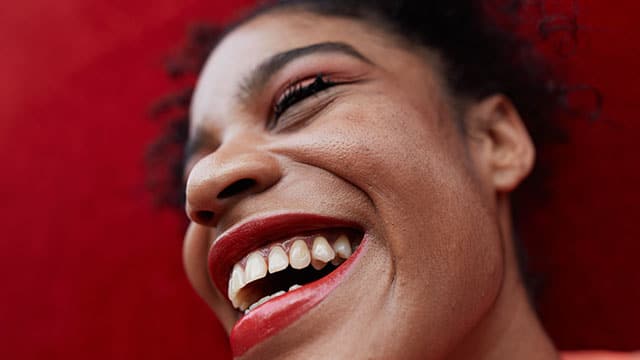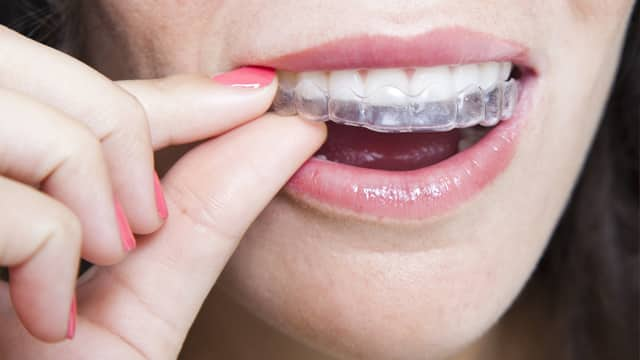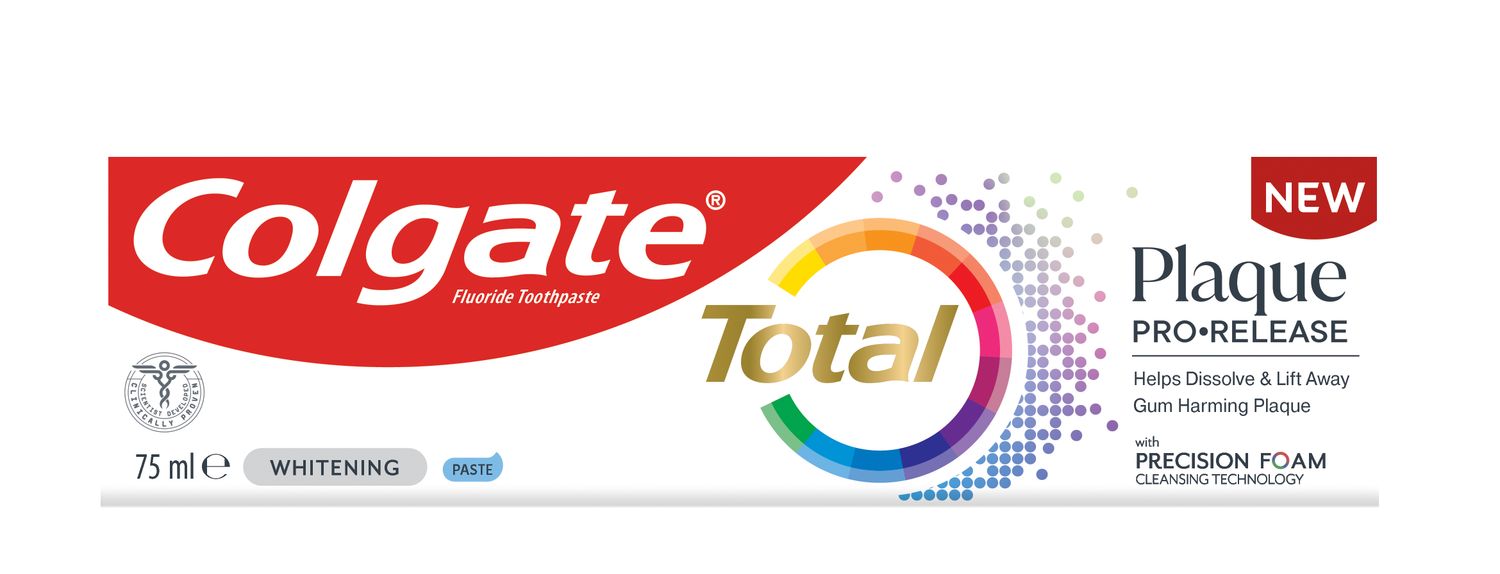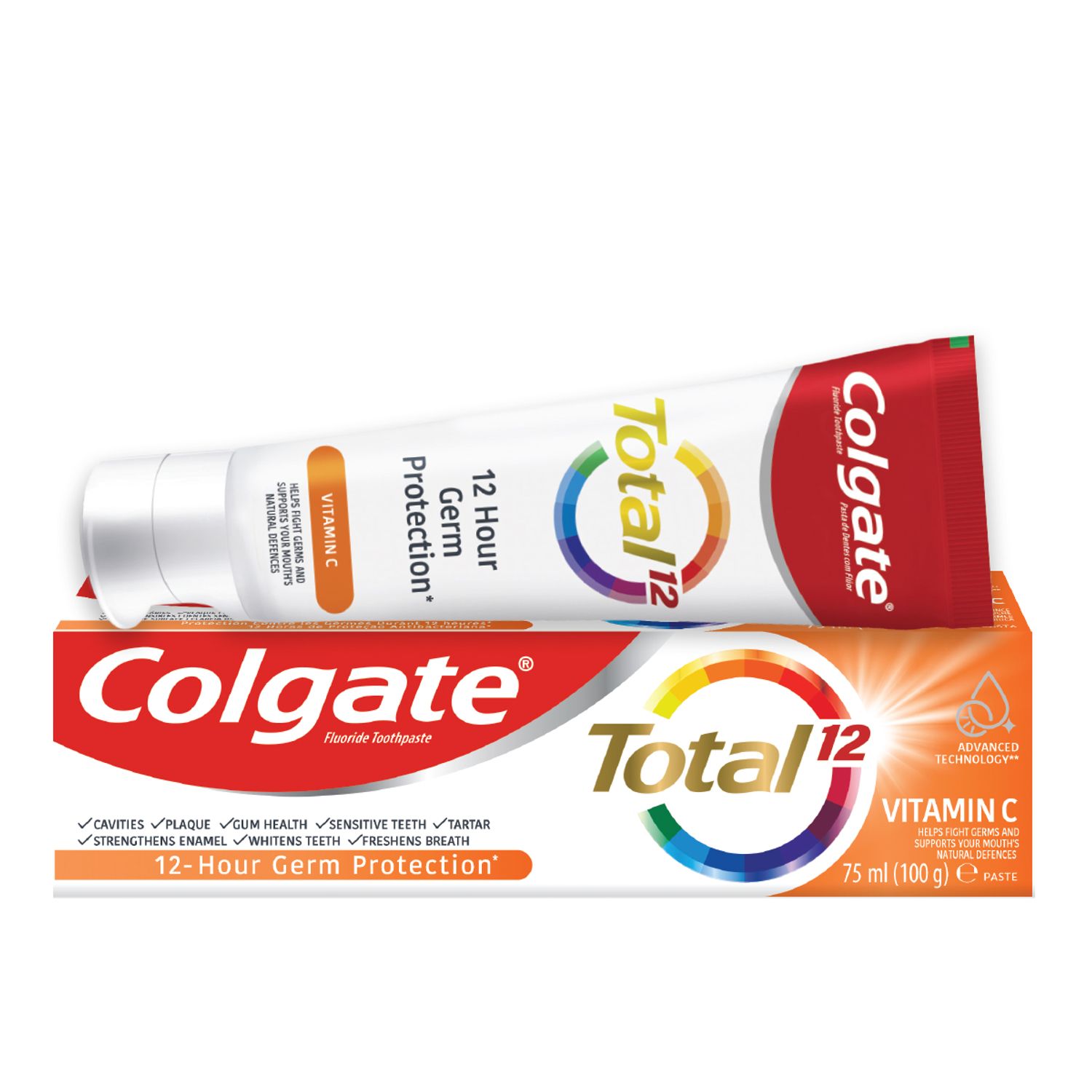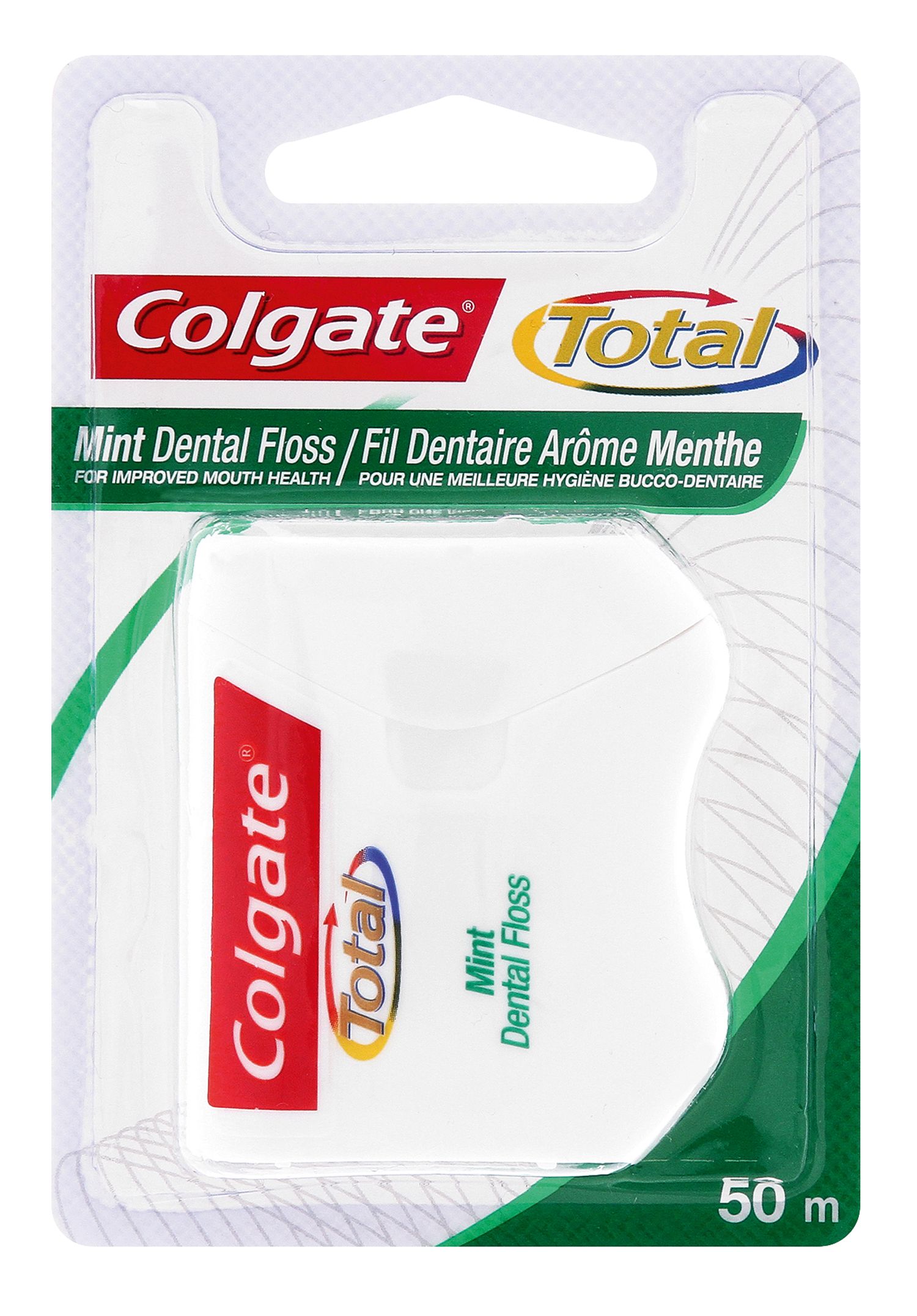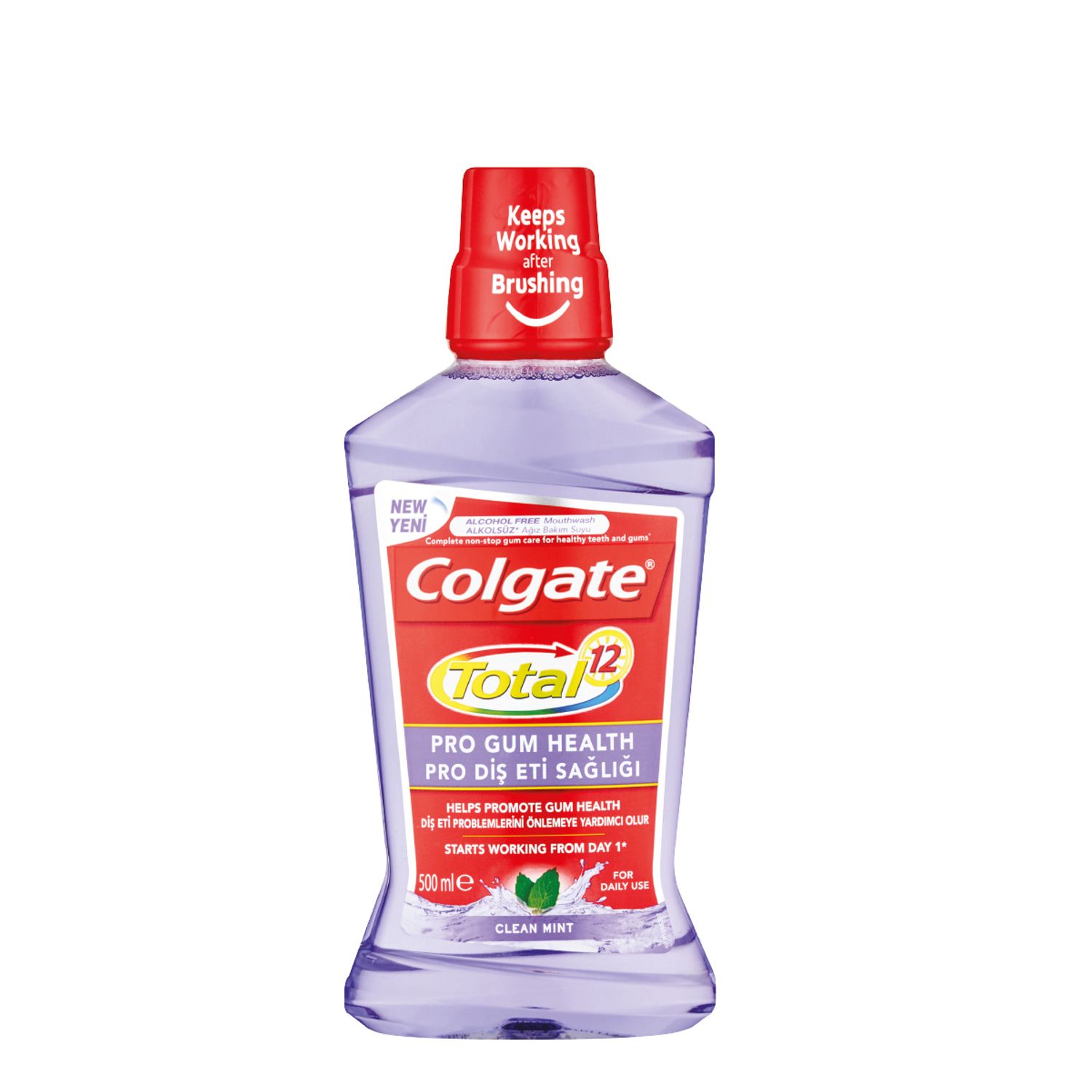-
-

CAVITIES
Can You Heal A Cavity At Home?You feel a sharp pain when you bite down or try to eat. You think it's a cavity, but you're not 100 percent sure...

BAD BREATH
How To Cure Bad BreathMore commonly known as bad breath, halitosis is an embarrassing hygiene issue that nobody wants, but some of us get every now and then...
-
Science & Innovation
- Colgate® | Toothpaste, Toothbrushes & Oral Care Resources
- Oral Health
- Adult Orthodontics
- How Does a Retainer Work?


Retainers are commonplace in oral care, regardless of age. But how does a retainer work to keep your teeth in position following orthodontic treatment? Although the concept may seem straightforward, it's important to understand exactly how retainers "retain" alignment, and that they provide support for reasons that go beyond positioning.
Settling and Relapse
A retainer's primary job is to help stabilise your teeth after you've had braces. The two most important reasons why your orthodontist may include a retainer in your treatment plan are "settling" and "relapse," as described by the Journal of Natural Science, Biology, and Medicine. Teeth naturally move, or settle, into the positioning where the most contact occurs between your upper and lower jaws when you bite. Relapse, on the other hand, occurs when your teeth and bone start to move back, forming a malocclusion or misalignment.
It's all right for your teeth to settle into your newly aligned bite, but after months or years of active treatment with braces, you and your orthodontist are naturally aiming to avoid relapsing back to your old one.
Staying in Place
Even after your braces come off, it can take time for your teeth to stay in place. Depending on your orthodontist's recommendation, you may need to wear your retainer 24 hours a day during the first three months, except at meal time. If your teeth were severely misaligned, it may take up to a year or more for things to truly stabilise. Your orthodontist may recommend that you continue to wear a retainer for at least part of every day after this first 12-month period to maintain a new, straightened position.
Retainers are ultimately made to fit the exact shape and placement of your teeth, and can be either removable or permanent. Whether your orthodontist advises that you wear a removable or permanent retainer – or, in some cases, both – a retainer's main purpose is to hold your teeth in the places to which your braces originally guided them.
Fixing Other Dental Problems
Retainers don't just keep your teeth straight for developmental reasons; they help in other ways, too. The Boston University Henry M. Goldman School of Dental Medicine says a misaligned bite can hinder your speech, cause harmful wear on tooth enamel, and create the possibility of joint problems. How does a retainer work to curb these issues? Once your braces come off and your teeth are aligned, a retainer helps keep your bite in place so that these types of dental problems don't crop up down the line.
Who Should Wear One
As the Mayo Clinic notes, your teeth are set in a bone, which is a living, changing tissue. Retainers help to hold the teeth in place in the jaw in their new position. Anyone who has had braces will need to wear a retainer for a certain period of time. As your teeth are constantly shifting by their very nature, a retainer helps maintain the new alignment and correct bite. Keep in mind that a correct bite goes hand-in-hand with great oral care; always wear your retainer according to your orthodontist's instructions. Some orthodontists recommend that people wear their retainers indefinitely, at least at night.
Proper upkeep of your retainer is equally important. After you've finished brushing your teeth, be sure to gently brush and rinse your retainer every day.
You've worked hard to achieve straight teeth and a proper bite. In addition to following your orthodontist's instructions on wearing your retainer in those first few months or years, you should remember to follow up with and consult both your dentist and orthodontist on a regular basis, as your needs change along the way.
Related Products

Helping dental professionals
More professionals across the world trust Colgate. Find resources, products, and information to give your patients a healthier future




